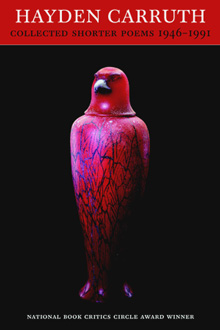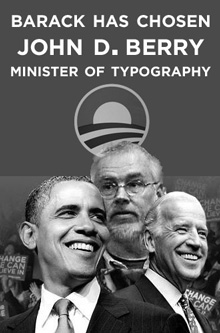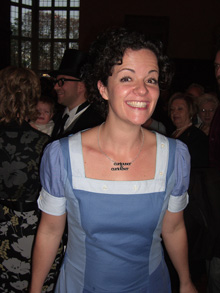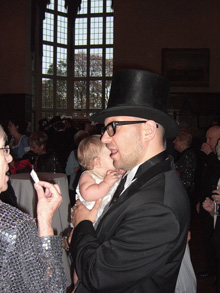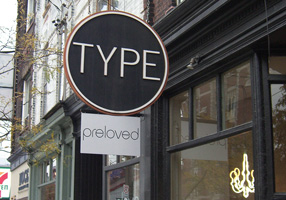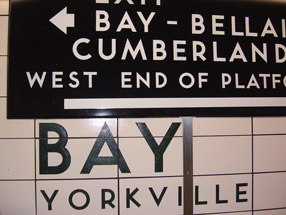I had nothing new to bring with me to Seattle’s typographers’ pub last Tuesday, so I brought something old: my copy of Hermann Zapf’s little book, About Alphabets: Some marginal notes on type design by Hermann Zapf. I’ve always liked the ambiguity of that subtitle-cum-author’s-name: yes, the book is by Hermann Zapf, but it’s also true that the type designs discussed in it are all by Zapf as well. So it works either way.
It seemed appropriate to bring this particular book, since November 8 was Zapf’s 90th birthday. I’m not sure what kind of celebration was held in Darmstadt, but I know it was an anniversary that was appreciated in many corners of the world.
In Paul Standard’s preface to the 1960 book (my MIT Press paperback is the 1970 edition), he writes: “If the foregoing lines say much of books, it is because type designs have no independent or detached existence. Types are produced with great effort at great cost, produced for use in printed matter required for learning or study or for industrial or commercial needs. And HZ’s supreme concern, whether in writing or in printing, is never the single letter but the fusion of such letters into a working text.” Although digital type can be produced without the great cost inherent in the older industrial technology, a good text face – which is what Standard is talking about – still takes enormous effort and skill. And their purpose is still, as it always is, their weaving together into meaningful text.



